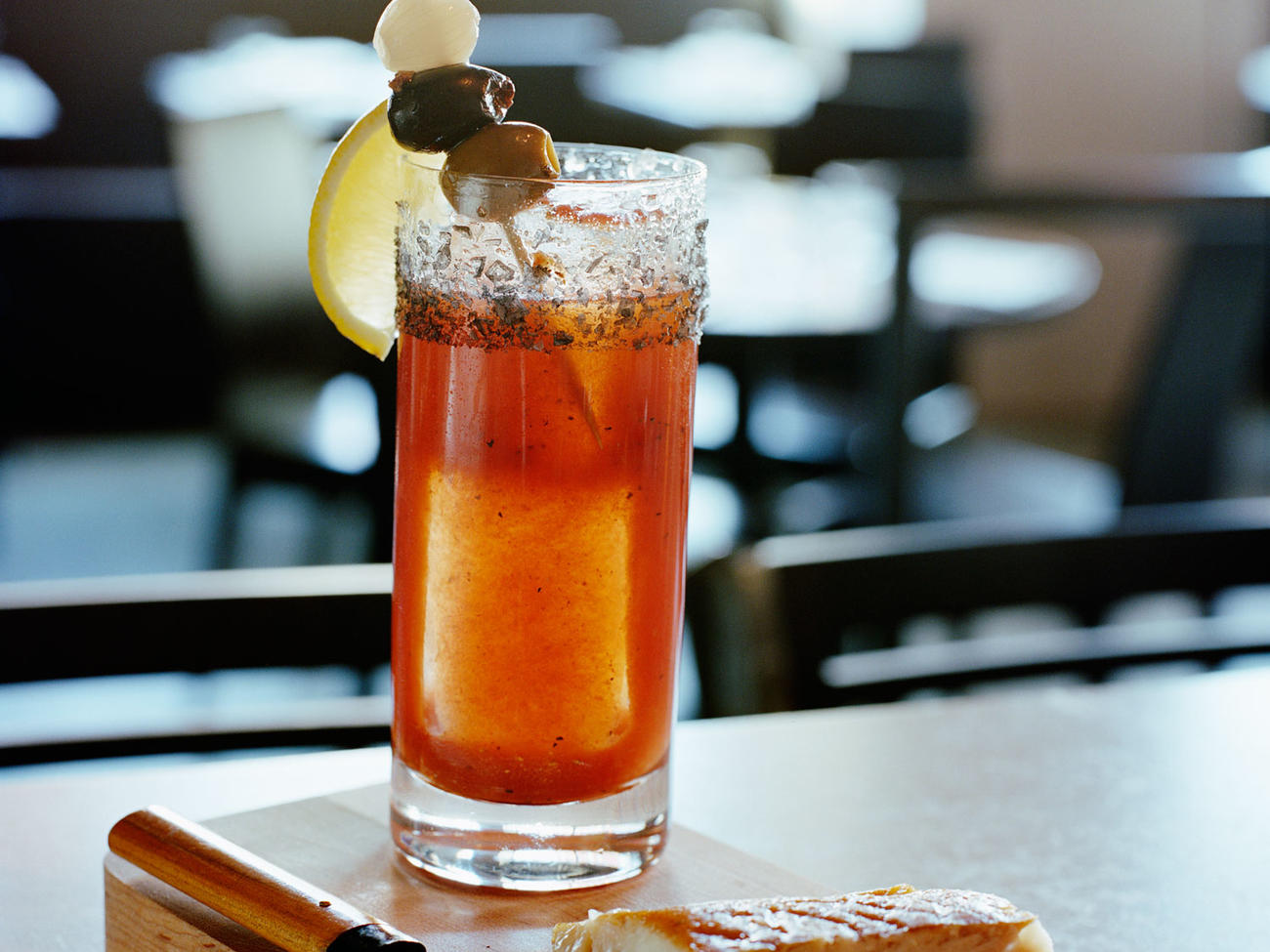
10 Worst Food Trends

José Mandojana
As a restaurant critic, we—that’s the royal, food critic “we”–visit more than 300 restaurants each year. And we still feel that expectant thrill every time we sit down at a new table—the thrill we suspect theater critics feel with every rising curtain. But as wide ranging as our tastes may be, and as sympathetic as we are to the difficulties of the profession, not every fad coursing through Western kitchens is worth celebrating. Here are 10 food trends of 2011 that drive us out of our minds.
1. “Changes and Modifications Politely Declined”: Passive-aggressive, vain-glorious, and thoroughly maddening, this disclaimer, found printed on menus of the sort of edgy small-plates restaurants where the fried pig’s ears come with finger lime rémoulade, hits the trifecta of annoyance. And to a degree, we approve of it: In a world where customers feel entitled to ask for the alligator schnitzel with hearts of palm, except made with grouper instead of alligator, avocado instead of hearts of palm, and the Tabasco butter from the crab-leg dish instead of orange honey, it puts the chef back in control. But when it gets to the point where a chef refuses to leave the bacon garnish off a dish for a guest in a hijab, or the door guy of a hamburger joint frisks you for ketchup at the entrance, it has probably gone too far.
2. Sous vide: Chefs love sous vide, a technique that involves vaccum-sealing food in plastic wrap and simmering it at low temperature for long periods of time, the way your great-aunt may have done with her Daisy Seal-a-Meal. There is no food waste with sous vide—all the juices stay in the meat or fish—and it is all very scientific. But while in theory it seems like a good idea to cook a lamb loin to a perfect, rosy rare 126°, in practice it means that every bite of your main course is exactly like every other bite of your main course, which is to say bland, bloody, and soft as Soylent Green. Call us old-fashioned, but we like fire.
